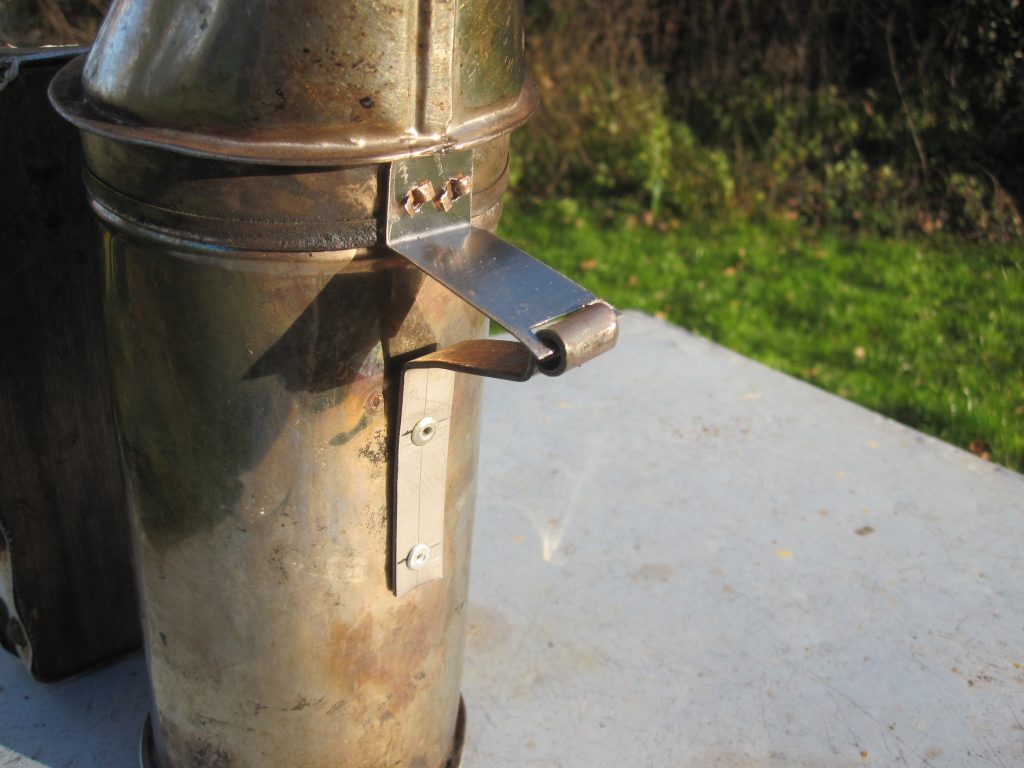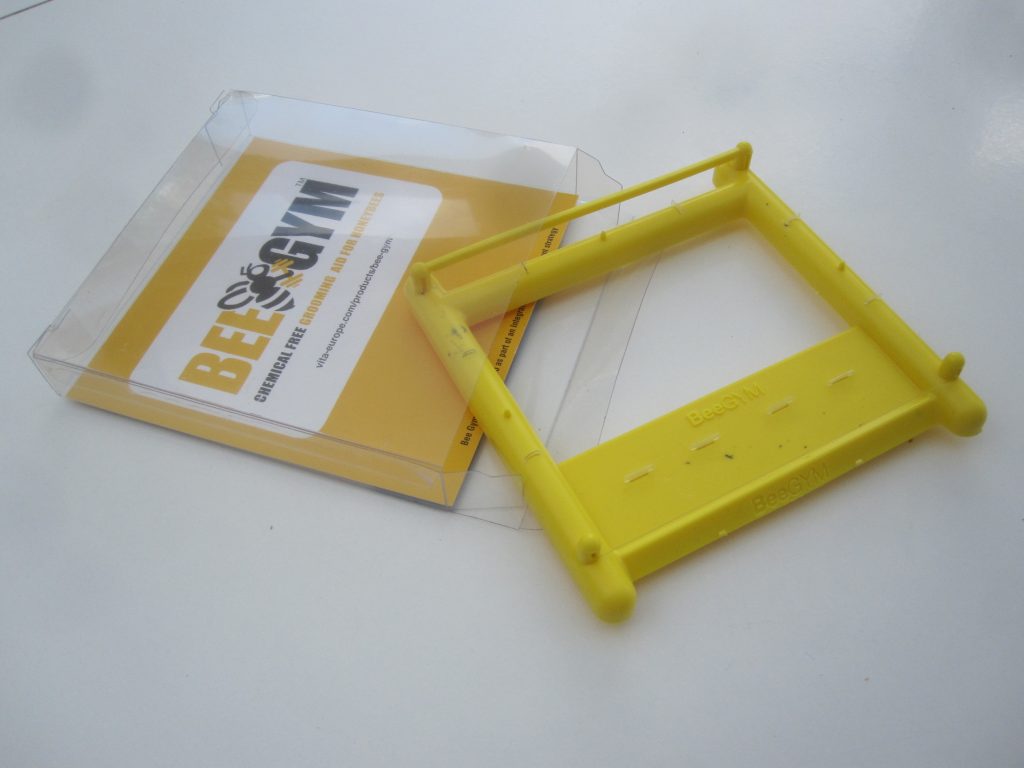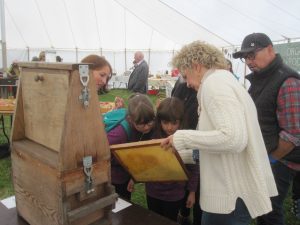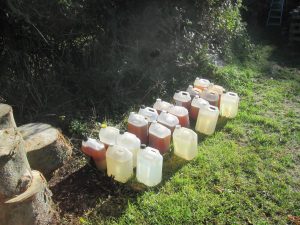An encouraging harvest was obtained from the oil-seed-rape even though it was about a mile away. Some was so ripe that it registered less than 16% moisture in the refractometer; the lowest I’ve ever known it. Only about three supers-worth of frames were crystallised but I managed to wash them out over a period of a few days.
The solar wax extractor was rebuilt during the last winter and it was not a day too soon. During the winter, a solitary mouse got into a stack of supers full of drawn frames and nibbled his way from top to bottom. All the frames had to be melted down and all the boxes sterilized. This has just been completed, with much relief. This does mean however that the ladies now have the major task of drawing out new foundation in scores of frames.
Early this morning two hives were closed up and taken over to Mill Hill field at Cutlers Green in order to be closer to the borage.
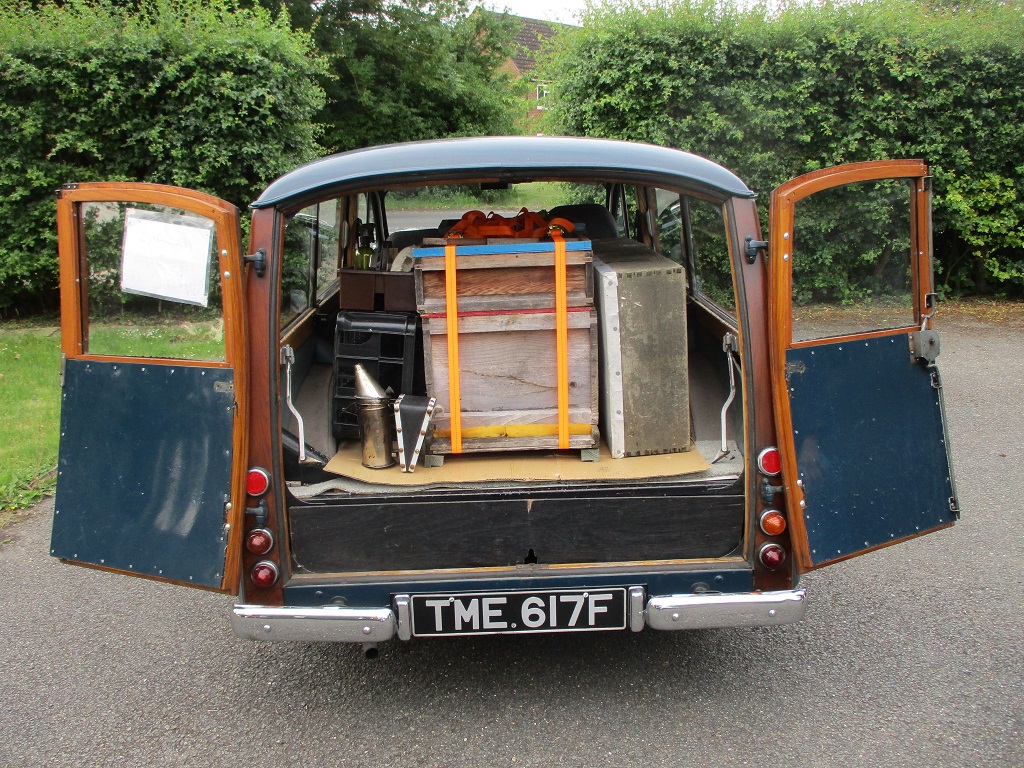
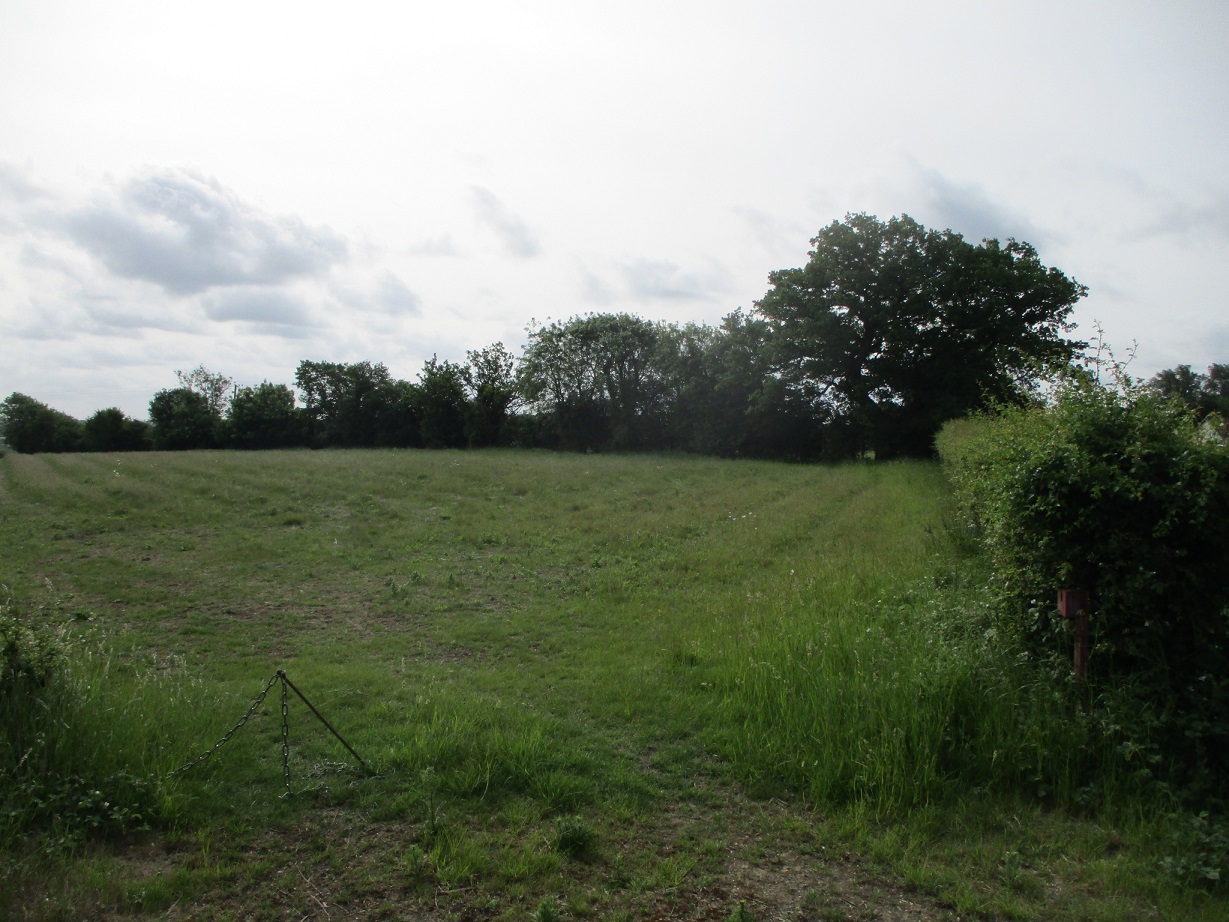
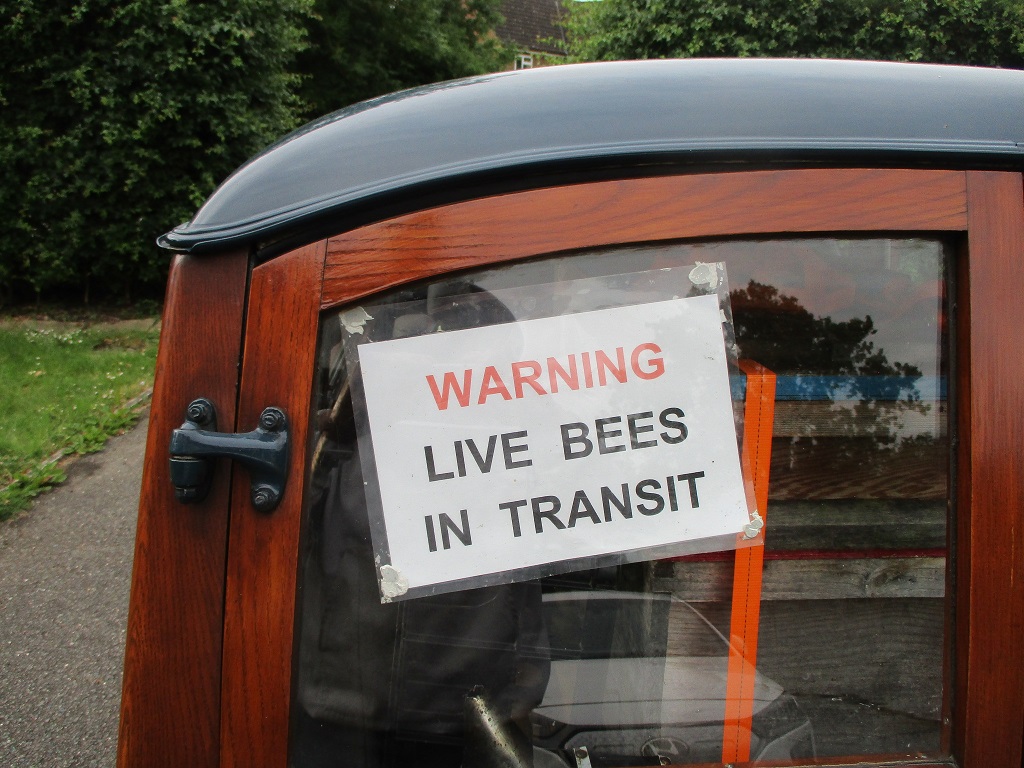
Those hives remaining in the home apiary appear to be trying to emulate last year’s catastrophe. Last year it was Chronic Bee Paralysis Virus which almost wiped out the apiary and this year it seems to be regicide.
Ignoring the six virgin queens failing to return from their mating flights three other hives, in succession, have got rid of their queen. No queen cells and swarming: no emergency queen cells on a test frame: no sign of any disease: just a disappearance of queen and brood and a consequential gradual decline until the colony no longer seemed viable. (See Autumn in The Apiary)

